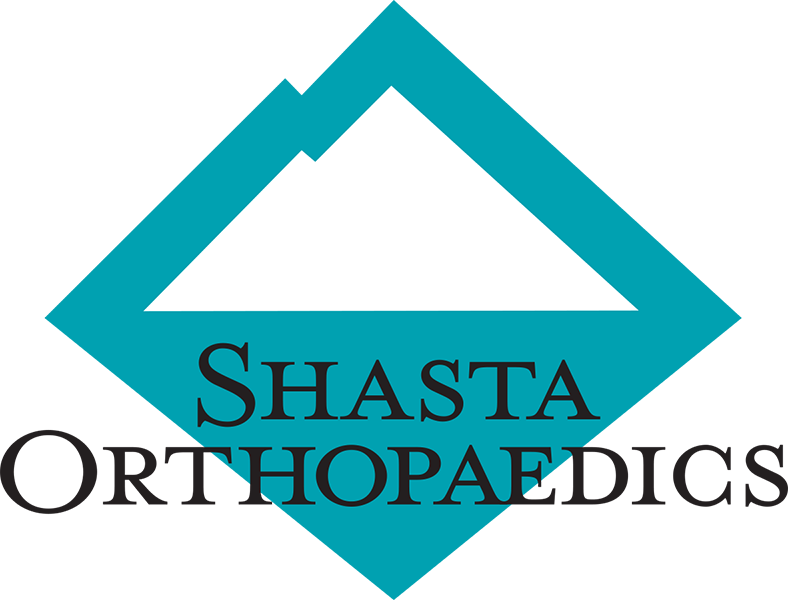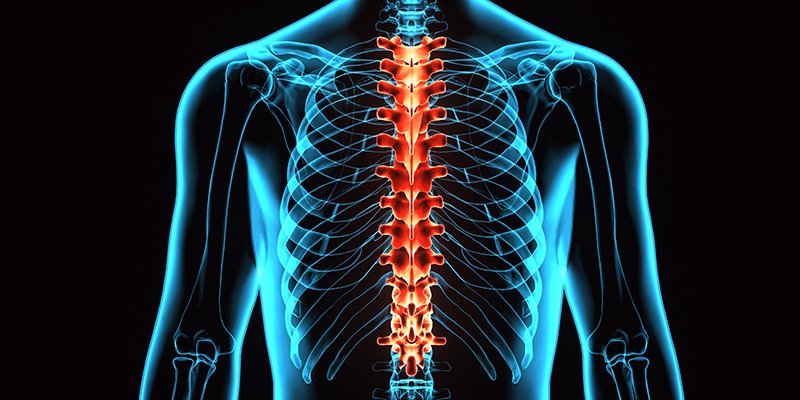How to Treat (and Understand) Complex Regional Pain Syndrome
The Team at Shasta Orthopaedics is Shining a Light on an Underdiagnosed Condition
Whether healing from a minor fracture or a major surgery, the road to recovery can feel like a long, bumpy one. With time and the usual rehabilitation, patients should be able to get back to business as usual. However, some find themselves in severe, debilitating pain for months or even years after the original injury.
What is Complex Regional Pain Syndrome?
Complex regional pain syndrome (CRPS) is characterized by extreme pain that’s well out of proportion to an injury, either in magnitude or length of time. On a neurological level, it’s widely accepted that CRPS is caused by a malfunction of the nervous system, where pain signals are over-sent and magnified as they travel to the brain.
Signs & Symptoms of CRPS
There are several telltale signs of CRPS. It most often starts in a single extremity (arm, leg, hand, or foot) and the defining symptoms include burning sensations, swelling, color change, and weakness in the limb. Even the touch of fabric on the affected area can cause pain – a phenomenon known as allodynia. As the condition progresses, it may spread.
How is CRPS Treated?
Luckily, CRPS improves or resolves for most people over time, and can be successfully treated with a combination of modalities. Physical therapy is the cornerstone of management, but may be difficult to tolerate until the pain is treated. Nerve blocks interrupt signals that travel along a nerve towards the brain, and can be applied at several locations to treat CRPS. Spinal cord stimulation is an advanced implanted technology that can offer prolonged relief for patients who have not had success with other measures. Opioids may worsen CRPS pain over time and are generally not recommended, but there are many other medications available that are more targeted to treat the nerve pain underlying CRPS.
Who Can Diagnosis and Treat CRPS?
CRPS can be diagnosed by trained medical professionals, primarily based on patient history and physical exams. Lab and imaging results may sometimes be used to rule out other conditions. Dr. Monroe at Shasta Orthopaedics specializes in treating this debilitating type of pain through interventional pain management. He will develop a comprehensive, multidisciplinary plan combining intensive physical therapy, medications and injections. Once CRPS is properly diagnosed by the team at Shasta Orthopaedics, the road to recovery can truly begin.



